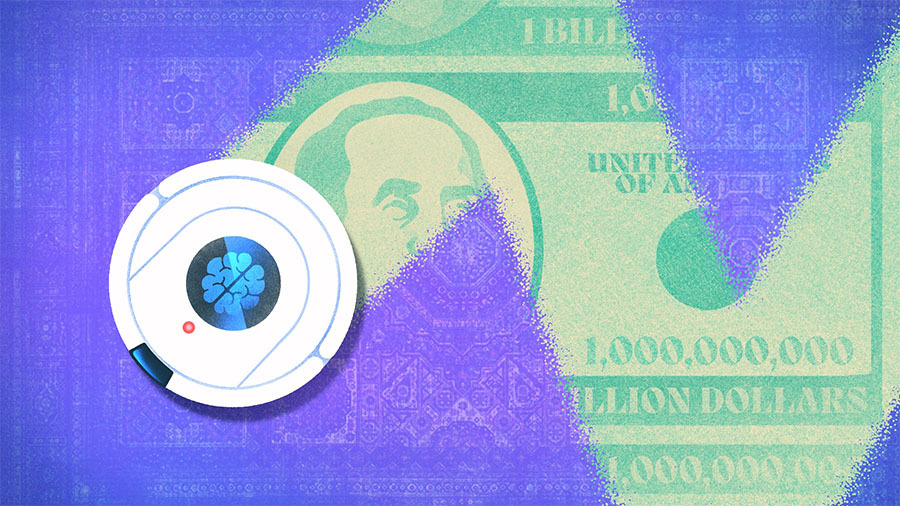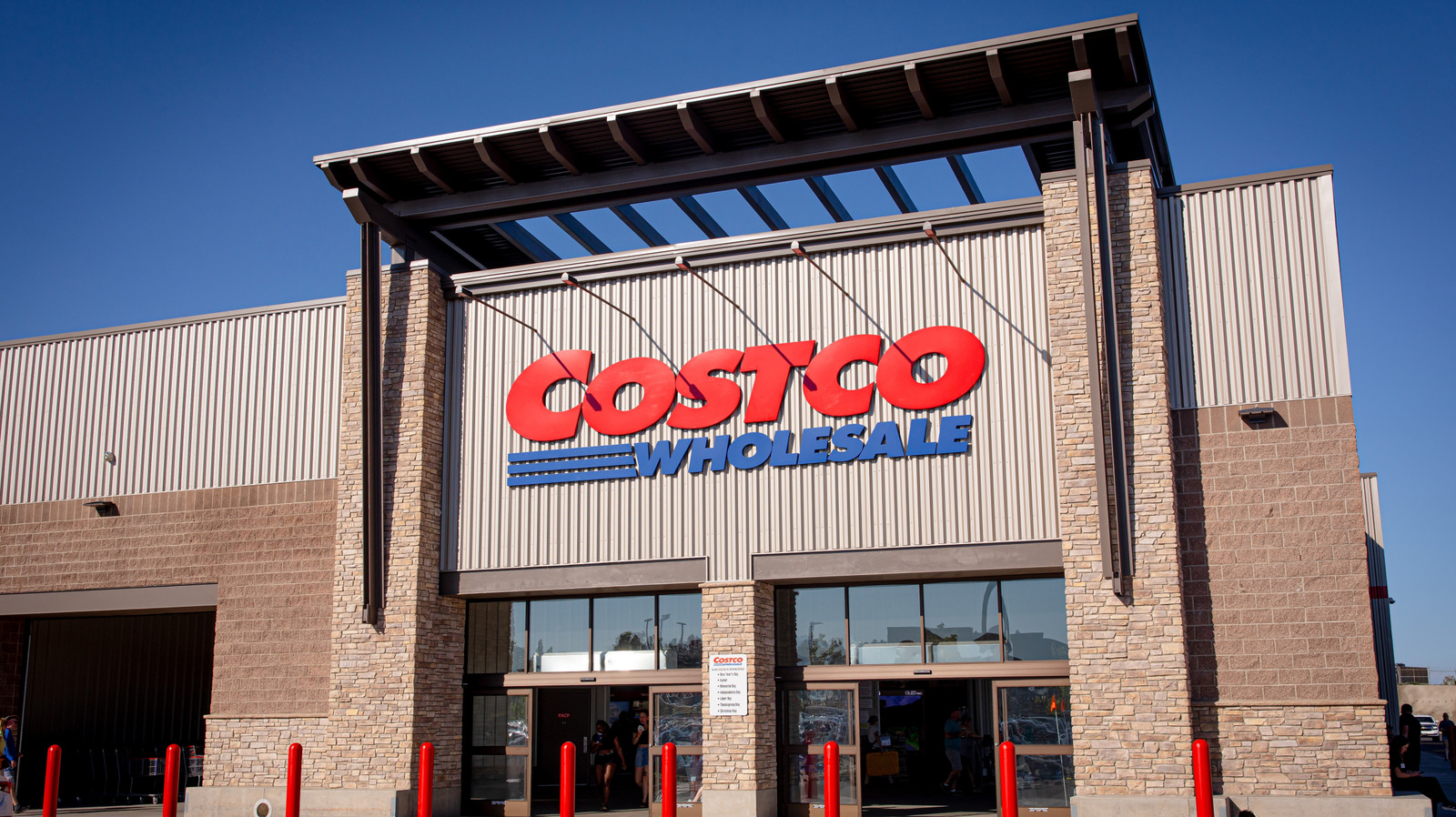By Alexander Lis
AI startups are raising capital at record speed. According to Crunchbase data, AI-related companies have already raised $118 billion globally in 2025. And, so far, traction looks impressive. AI startups are posting stellar revenue growth, and even the $100 million ARR milestone is often achieved.
While this growth is breathtaking, some analysts are beginning to question its sustainability. They warn that AI spending may soon reach a peak and that unprofitable tech companies could be hit hardest when the cycle turns. If that happens, many investors in AI will find themselves in a difficult position.
Predicting a bubble is rarely productive, but preparing for volatility is. It would be wise for both founders and investors to ensure that portfolio companies have enough resilience to withstand a potential market shock.
The key lies in assessing the durability of ARR. In a major downturn, the “growth game” quickly becomes a survival game. History suggests that while a few companies may continue to grow more slowly, the majority will struggle or disappear.
The question, then, is how to tell the difference between sustainable and hype-driven ARR.
What distinguishes durable ARR from hype?
Several factors set true, sustainable revenue growth apart from hype.
The first is customer commitment. Sustainable revenue comes from multiyear contracts, repeat renewal cycles and budgeted spend within core IT or operating lines. When revenue depends on pilots, proofs of concept or amorphous “innovation” budgets, it can vanish when corporate priorities shift. A company that touts these short trials as ARR is really reporting momentum, not recurring income.
This is what investor Jamin Ball has called experimental recurring revenue.
Traditional software firms can thrive with monthly churn in the low single digits — think 5% to 7%. But many AI companies are seeing double that. This means they have to sprint just to stand still, constantly replacing users who move on to the next shiny tool.
Another differentiator? Integration and workflow depth. Durable ARR is embedded into the customer’s core workflows, data pipelines or multiple teams. Ripping it out would be costly and disruptive. Hype ARR, by contrast, lives on the surface — lightweight integrations, fast deployments and limited stakeholders. Without unique intellectual property or deep workflow integration, such products can be replaced with minimal friction.
And finally, real growth is defined by clear value-add. True ARR is backed by measurable ROI, well-defined outcomes and long-term customer roadmaps.
In contrast, hype ARR is driven by urgency (we need to show our shareholders our AI deployment ASAP), or undefined ROI. In those cases, customers don’t even know how to define success. They are testing, not committing.
Beyond ARR
It is important to put ARR traction in context. Investors and founders should focus on a broader set of indicators — conversion from pilots to long-term contracts, contract length and expansion, net revenue retention, and gross margin trajectory. These metrics reveal if growth is sustainable.
It would also be helpful to assess the product’s real impact: efficiency uplift (more code, content, or customer conversations per employee-hour), accuracy improvement (e.g. for detecting bad actors), and higher conversion rates, among others. These metrics should exceed client expectations and outperform alternative tools. That’s what signals genuine value creation and a higher chance for experimental revenue to turn into durable ARR.
After all, AI may be changing how fast companies can form and grow, but it hasn’t suspended the basic laws of business.
For founders, the message is simple: Celebrate ARR if you so wish, but pair it with proof of retention, profitability and defensibility. For investors, resist the urge to chase every eye-popping run rate. The real competitive edge in this next phase of AI is stability, not spectacle.
Alexander Lis is the chief investment officer at Social Discovery Ventures. With 10-plus years of experience across public markets, VC, PE and real estate, he has managed a public markets portfolio that outperformed benchmarks, led early investments in Sumsub, Teachmint and Byrd, and achieved 20%-plus IRR by investing in distressed real estate across the U.S.
Illustration: Dom Guzman

Stay up to date with recent funding rounds, acquisitions, and more with the
Crunchbase Daily.








